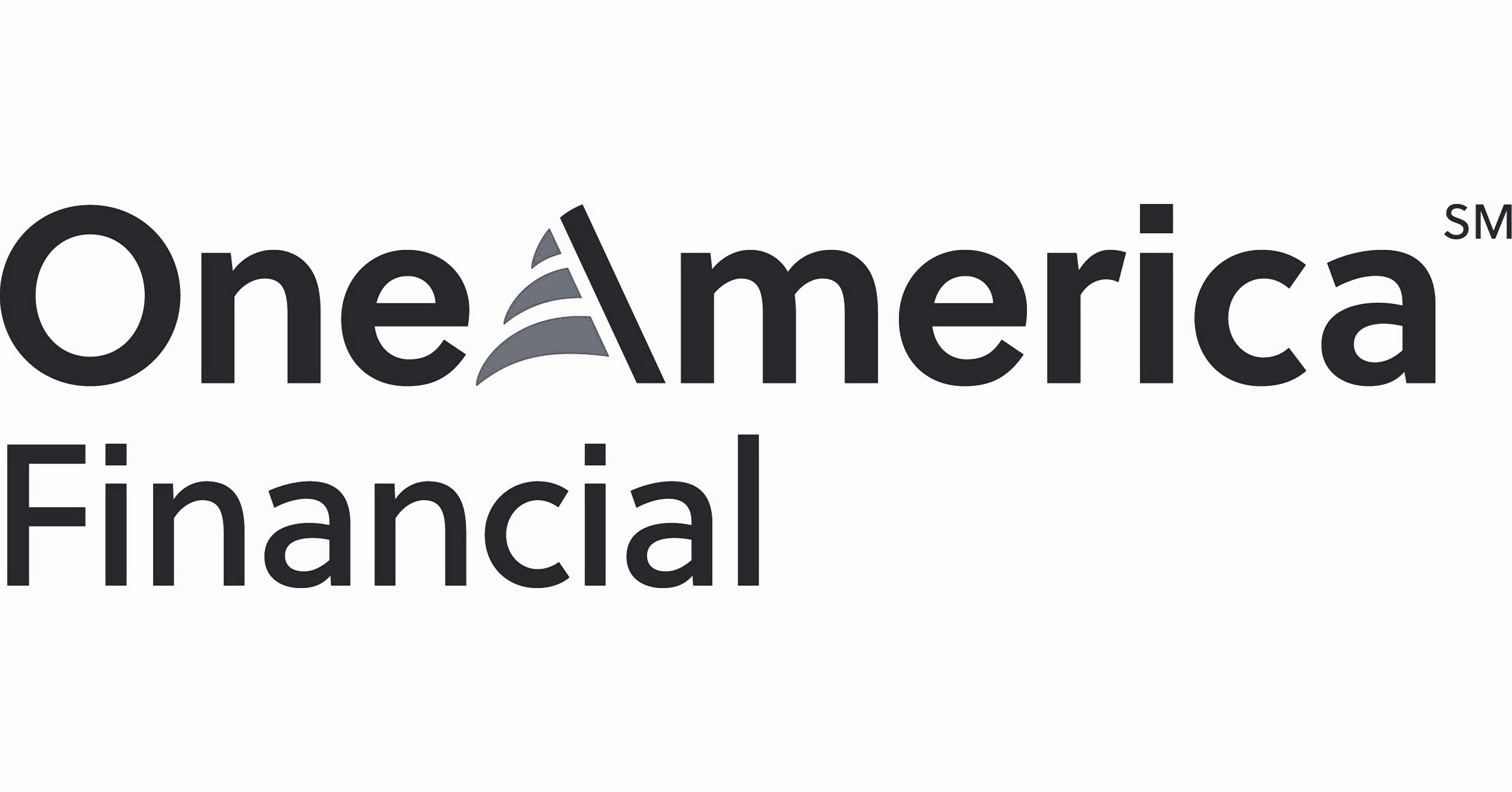

by Michael Olenick, Ph.D., President & CEO with research by Aja Goare
For more than a century, California has supported an early care system with small incremental changes while leaving much of the system to the marketplace. Plans laid by the governor to implement a Universal Transitional Kindergarten statewide by 2025 have been similarly imposed in other states, resulting in decreased child care options and diminished rates for child care providers. There’s no question that wider access to early care and education for young children has a positive effect on future outcomes, but how these programs are implemented by state leadership will either bolster a fragile early care system or destroy it.
Currently, Universal Transitional Kindergarten (or otherwise referred to as Universal Preschool) is offered in Vermont and Florida, while nearly universal TK is effective in seven other states. In assessing the function of the programs in each state, where program implementation varies, several concerning trends emerged.
Quality Wanes
The quality of early care has been of concern since 1941, when the U.S. government imposed the Lanham Act to support states in providing high-quality child care programs to mothers who worked in the production of war materials. When World War II ended, most states ceased support for these programs but California continued through school district Children’s Centers.
Since then, many other states have taken steps that recognize the value of child care and early learning. However, in parts of the country where UTK is state-funded, many benchmarks established by the National Institute for Early Education Research are not met. According to the report, there are more than four times as many children served in programs meeting fewer than half of the benchmarks than in programs meeting 9 or 10 benchmarks. Those benchmarks include critical factors like the Continuous Quality Improvement System, Comprehensive Early Learning and Development Standards, higher education for classroom teachers and staff-child ratio.
“Well-funded full-day programs with high standards for all children at age 4 — much less ages 3 and 4 — remain a distant dream,” the report states.
The impacts to quality are largely due to the gap in funding required to successfully educate and care for the number of enrolled children. “Where Luxembourg (Germany) spends $16,000 annually per child, state-funded preschools in the U.S. at the time of publication averaged only $4,143 per student,” a report by Rasmussen University notes.
Head Start, which was created in 1965 to provide a preschool experience to very low income children, came with quality and training standards for teachers. Research that followed children through adulthood showed the investment in Head Start paid off at least eight times. While Head Start teachers are typically required to perform more observations and assessments to maintain their high-quality standards, public preschool teachers don’t currently face the same rigorous requirements.
Lack of Choice for Families
The alternative payment program established by CA Gov. Jerry Brown in 1978 aimed to maximize the number of low income children enrolled by creating a payment system to incorporate community-based programs. How to define quality was left to parents to decide. That sentiment was echoed by Pres. Bill Clinton with the late 1990s welfare reform, which identified child care as essential to the ability of parents to work. A voucher system allowed parents to choose care that would support their participation in work and/or school.
With the implementation of a state-funded universal preschool program comes a diminished private child care sector, thus an end to parent choice. This is largely due to the fact that private child care providers cannot afford to stay open in this environment. A report by EdSurge, an education journalism initiative under the International Society for Technology in Education, found that as private child care programs lose older children to public pre-K sites, they also lose revenue.
“Eventually, they have to make a decision: either reduce costs by lowering quality, or shut down the business altogether,” Jessica Brown, an assistant professor in the department of economics at the University of South Carolina, said.
The increased closure of an already depleted private sector means families who work untraditional hours, such as the graveyard shift, are left with few options for care. What’s more, the decrease in private child care options for 4-year-olds has a negative impact on private care options for toddlers.
In New York, “That led to fewer seats available for children under age 2—about 2,700 fewer, according to a working paper published four years later by Brown. Worryingly, the effects were concentrated in the lowest-income areas of the city. Those losses account for a reduction in about 15 to 20 percent of the total availability of infant/toddler care in the city, she says.”
Furthermore, Brown highlights the fact that private child care providers bring in the most revenue from their oldest children. “While infant care is the most expensive for families, the low teacher-to-child ratios and safety requirements make it a less attractive option for providers who must balance tuition payments against labor costs.”
In a report called “The Impacts of Expanding Access to High-Quality Preschool Education,” evidence from Georgia and Oklahoma supports the “crowding out” effect of public pre-K. A Cornell University study of school districts in New York state showed the particularly strong effect in rural areas, where access to infant and toddler care dropped markedly following the implementation of public pre-K.
Oklahoma Child Care Resource & Referral Association, Inc. Community Services Manager Stephanie Lippert says about 75 percent of her state’s 4-year-olds are enrolled in the public program.
“When our universal Pre-K was expanded in the early 2000s to serve all 4-year-olds, it had a detrimental effect on the private child care industry,” Lippert says. “Programs closed due to their largest revenue stream being taken away – diverted to a free public school program.”
Low-Income Families Left Out
An investigative 2015 report by ProPublica bears the stunning headline De Blasio’s Pre-K Program Adds 12,000 Kids, Only 195 Come from Poorest ZIP Codes. The report notes that 12,000 children were enrolled through the state’s newly introduced UTK program “with double-digit percentage increases across income levels except for one group: those who need it the most.”
Children living in New York’s poorest zip codes represented just a fraction of those enrolled in the public program. “Only four of the 40 ZIP codes that saw the largest increases this year were in the lowest income group,” the article states.
This may be due to the fact that preschool is a balance of both early education and child care. For families working outside the typical 8 a.m. to 3 p.m. full-day or 10 a.m. to 2 p.m. half-day public school window, it may not make sense to enroll their children in such a program.
“Parents have to coordinate having a neighbor or babysitter pick their child up from the preschool program and watch them until the parents get home,” Gloria Blackman-Upton, director of H.O.M.E Childcare in the Grand Crossing neighborhood, is quoted in a 2021 Chicago Tribune story.
This predicament brings us to a crossroad, where UTK administered by school districts for all 4-year-olds and funded at high rates could destroy efforts to meld part day instructional efforts with demand for full day programming needed by working parents.
What Can Be Done?
School districts could contract with private child care providers who meet UTK criteria, either through the Quality Rating and Improvement System (QRIS) or by selecting teachers with 24 units of child development or a children’s center permit. Furthermore, ratios should not exceed 10 children to one adult, which is established under Head Start criteria but not in the current public school system.
Curriculum should also be developmentally appropriate and held to the same early learning standards of license holders.
Maryland lawmakers just passed legislation called Establishing the Growing Family Child Care Opportunities Pilot Program in the Department of Education. The provision authorizes the department to provide grant funding to local jurisdictions or child care licensing regions to help increase the supply of family child care providers and ensure sustainability in areas with above average rates of poverty and unemployment. Under the newly established law, a $26.8 million Preschool Development Grant (PDG) was recently awarded to Maryland Ready: A Path to School Readiness and Success. The five-year strategic plan will “map a course to support all children and their families from the prenatal stage up through age 8 in growing up healthy and ready for school success,” according to the Maryland Division of Early Childhood. “Maryland’s earliest learners start their education in a variety of settings, including center and family childcare providers, Head Start, schools, and other early learning centers and programs.”
Maryland lawmakers recognize the importance of choice for families and the value of trained private child care providers. Through this legislation and related funding, the state will support a variety of diverse care options and will confer with stakeholders and industry experts throughout the five-year grant period.
Here in California, contracting with private care providers can easily be accomplished through Resource and Referral agencies, which already have agreements with virtually every licensed provider in the state. Rather than contracting with every provider individually, school districts could contract with one or more agencies. Even the Los Angeles Unified School District, the second largest school district in the nation, would only need to contract with five agencies. The advantages to this approach include stability for licensed providers, eliminating the need to reconfigure classrooms to be appropriate for younger children, continued and added holistic services for low income families through Head Start, and truly full-day programs for parents with untraditional shifts.
This discussion ultimately boils down to three critical elements: quality, choice and stability.











I have been to management workshops, not leadership training. This has totally changed my perspective and encouraged me to propel forward in developing my skills.
I am honored and humbled to be a recipient of the Region 9 Head Start Association’s Legacy Scholarship. The scholarship helped me get one step closer to achieving my goal of becoming a Head Start Director.
I took part in The disproportionate impact of COVID 19, and how to provide “real” support for black/brown children and families and I just want to say this was an amazing webinar. I hope we can look forward to further conversation on this topic.
Thank you so much for making events like this! I really enjoyed and learned so much teaching strategies to implement STEM in the classroom.
The HR Network was an excellent opportunity to network and learn the best practices from other HR professionals within Head Start programs. You will be amazed by the level of talent and experience of the participants.
The Summer Camp training was powerful and inspiring! Each presenter was very engaging, it’s hard to even pick a favorite session!
The Leadership Challenge training was very relevant to my work as a Head Start leader! Great facilitation; stayed with the program yet allowed time for individual and small group reflections.
Regular price $12.00

Regular price $39.00




Questions? Contact us at headstartr9@region9hsa.org.